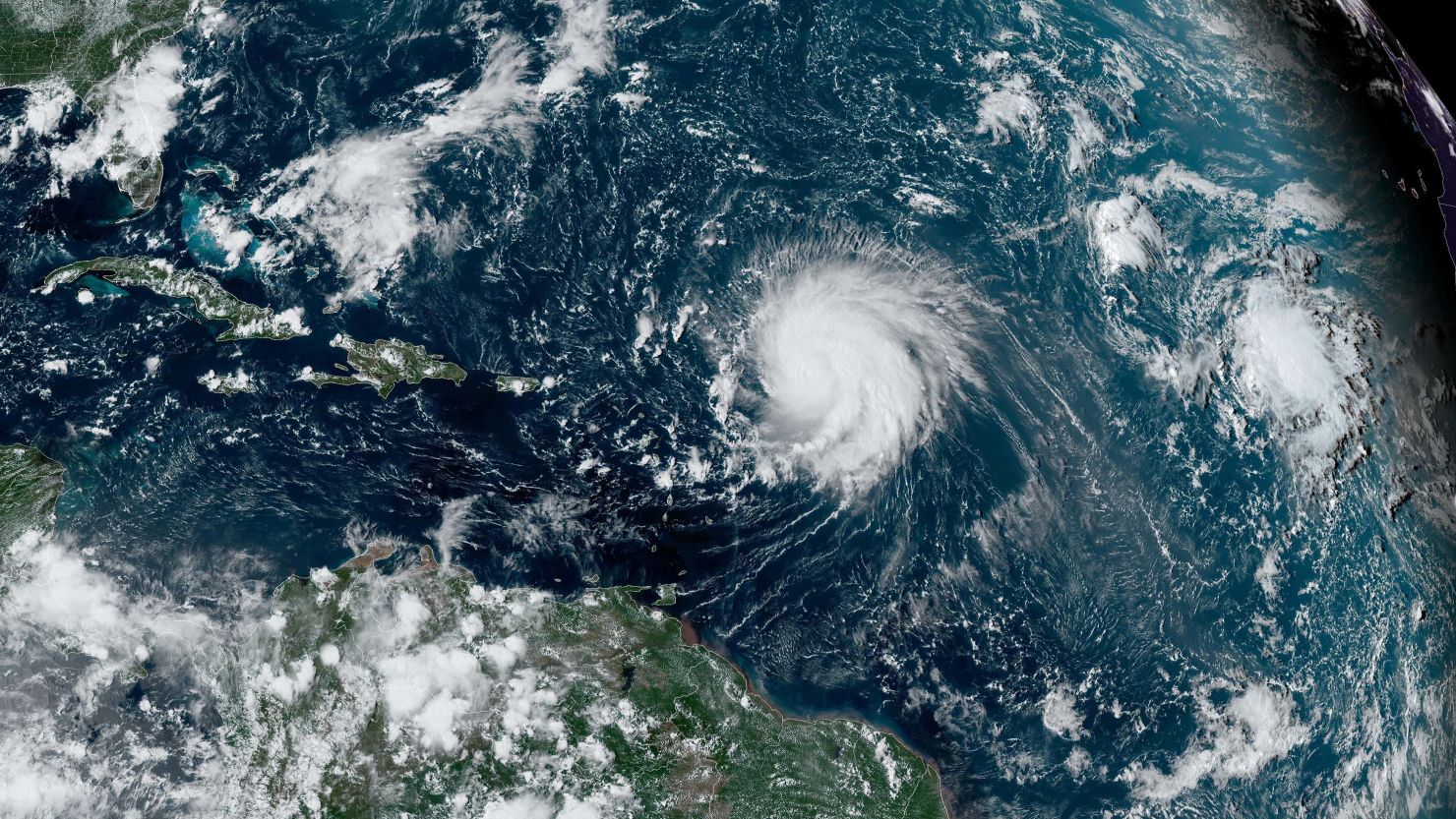Record-Breaking Ocean Heat
Ocean temperatures rose more than ever in 2023 and key measurements show that almost the entire global water surface felt the extra warmth, a study in Science reports, and that change came faster and lasted longer than past data have ever shown. Scientists measured heat events that on average ran four times as long as older events and reached nearly every coastal and open sea zone, with the North Atlantic staying unusually hot for more than 500 days starting in mid 2022.
Moreover the Southwest Pacific saw the reach of its heat spread wider than before, and the Tropical Eastern Pacific recorded a high of 1.63 degrees Celsius above normal as El Nino formed, and these shifts drove the global sea surface temperature to almost 70 degrees Fahrenheit in early August, topping the previous record set in 2016 and making 2023 the warmest year on record overall.
Warning Signs For Climate

Researchers who came together from China and the United States point out that heat events on this scale have better than a fifty year gap between expected repeats, and they rate the chance of seeing all of these anomalies together at less than two percent in any year, a pattern that triggers concern about reaching a climate tipping point in the ocean system.
Lead author Tianyun Dong says that while the full collapse of ocean and climate processes has not happened, signs like mass bleaching on tropical reefs and shifting habitats hint that we may already face damage that cannot be easily undone, and these early signals should make policy makers and industry leaders rethink how they watch and act on ocean health.
Effects On Life And People

The record ocean heat did more than kill coral and make fish move into new areas; it drove commercial fishers to travel farther offshore and pay more for fuel, and in North America those impacts plus linked weather shifts pushed economic losses above fourteen billion dollars, ranking it as the costliest weather and climate event of 2023 in that region.
Animal life also felt strain as plankton and other small organisms that feed larger species dropped in numbers, and local communities that rely on fishing faced shortages that hurt incomes and food supplies. Meanwhile satellite images and ocean models show that weak winds and odd current patterns added to the solar heating when clouds thinned, a complex mix of drivers that sets a challenge for climate predictions and planning.
My Perspective
I feel that the data underline a need for real changes in how we guard our ocean resources and cut back on heat trapping emissions, since the models we used before clearly missed just how fast and how wide the water would warm. We must use these findings to push for stronger limits on pollution and to improve marine protected areas so reefs and fish stocks can regain strength. And we can no longer wait while reports come in; we need action on new rules for coastal water use and investment in tools that track ocean heat in real time, because without solid steps we risk more damage that no amount of money later can fix.
Sources: bloomberg.com

